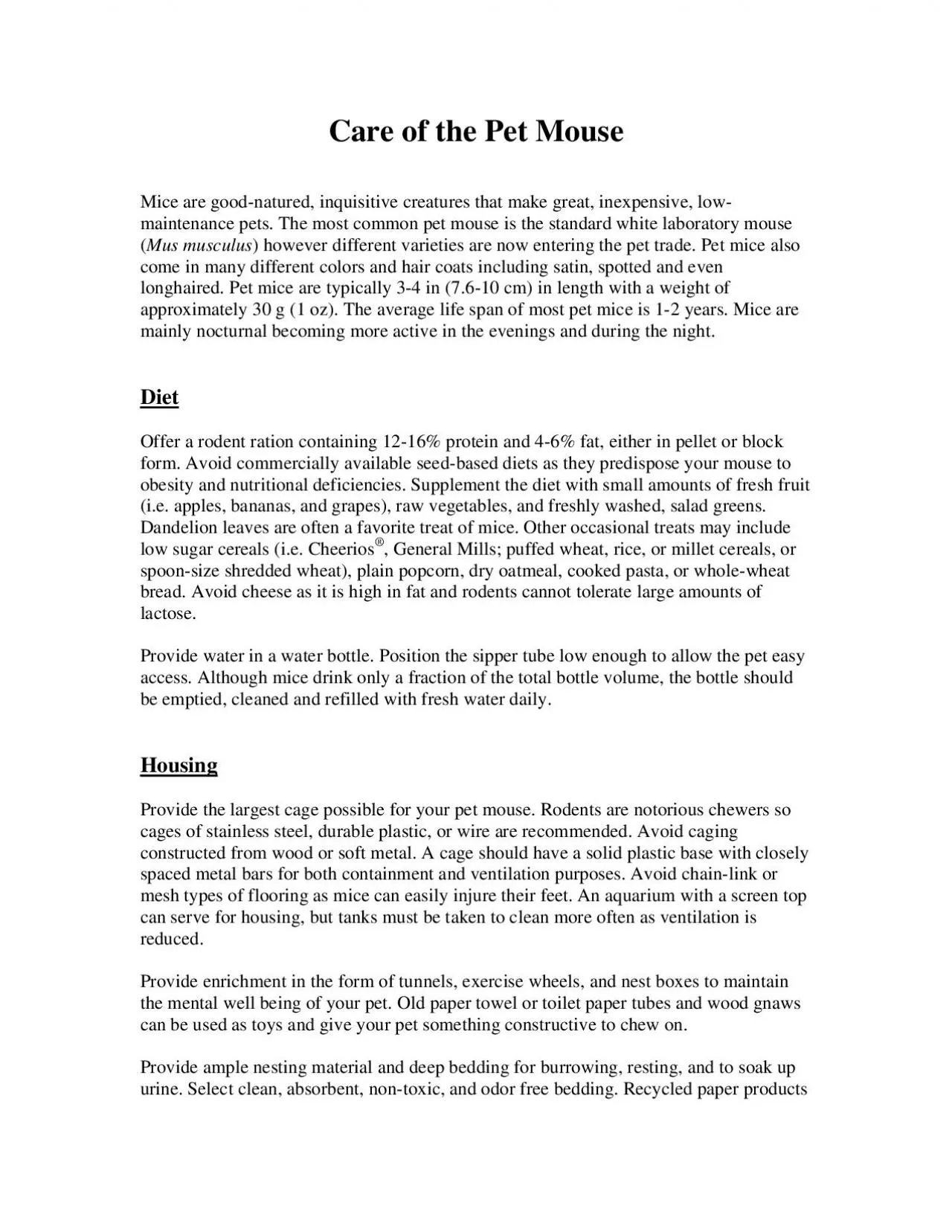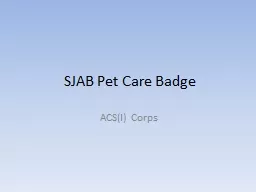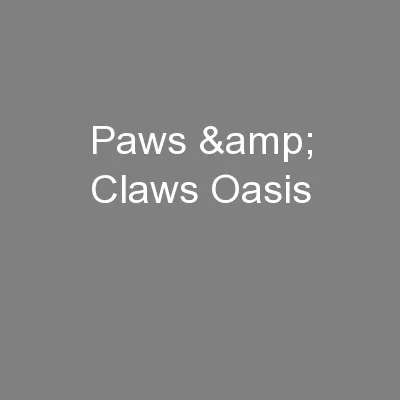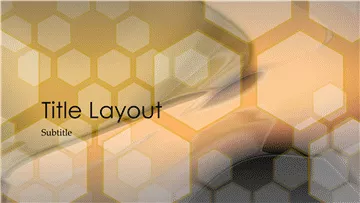PDF-Care of the Pet MouseMice are goodnatured inquisitive creatures that
Author : alyssa | Published Date : 2021-07-04
Offer a rodent ration containing 1216 protein and 46 fat either in pellet or block form Avoid commercially available seedbased diets as they predispose your mouse
Presentation Embed Code
Download Presentation
Download Presentation The PPT/PDF document "Care of the Pet MouseMice are goodnature..." is the property of its rightful owner. Permission is granted to download and print the materials on this website for personal, non-commercial use only, and to display it on your personal computer provided you do not modify the materials and that you retain all copyright notices contained in the materials. By downloading content from our website, you accept the terms of this agreement.
Care of the Pet MouseMice are goodnatured inquisitive creatures that: Transcript
Download Rules Of Document
"Care of the Pet MouseMice are goodnatured inquisitive creatures that"The content belongs to its owner. You may download and print it for personal use, without modification, and keep all copyright notices. By downloading, you agree to these terms.
Related Documents














